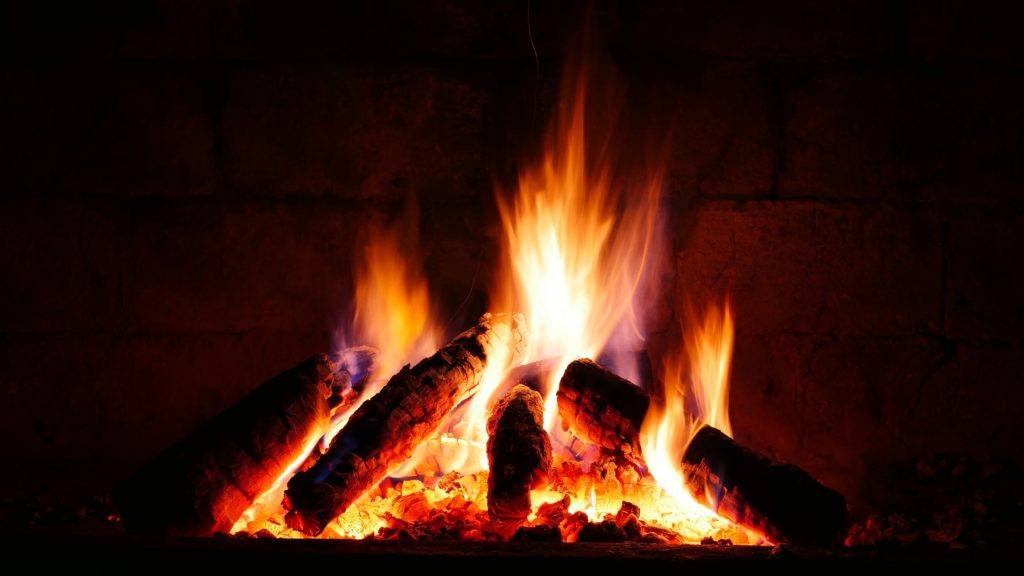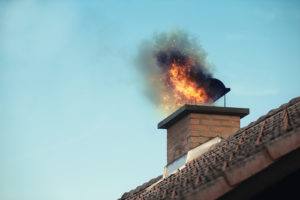A wood burning chimney is a cozy addition to any home. Perfect for warming up or just roasting marshmallows, wood-burning fireplaces are designed to retain heat in your home. Remember: proper safety measures are necessary to prevent chimney fires, structural fragility, carbon monoxide intrusion, and poor indoor air quality. Regularly scheduled maintenance and cleaning keeps a wood burning chimney safe, functional, and beautiful.
Your fireplace may not be getting much use during the hottest months of summer, which is exactly why it’s an ideal time to schedule fireplace maintenance and cleaning.
Here’s how to maintain your wood burning chimney this summer:
- Cover the fireplace. Fireplace covers can keep a fireplace safe during the summer. When the weather is hot and humid, a low pressure system sucks warm air down your chimney. This can draw trapped, stagnant air back into your living space along with unpleasant smoky odors. It’s a commonly experienced phenomenon known as the reversal of the stack effect. The stack effect is when warm air is at a higher pressure than the cool air outside, which makes it want to rise and escape the house through the chimney and other openings. To maintain the pressure balance, low-pressure cool air from downstairs areas or the lowest floor rush up to replace the rising air, creating an upwards current of air.
In hot weather, the stack phenomenon reverses, causing warm air to flow downward through the chimney and into the home. Several measures can counteract this issue, including closing the fireplace damper during summer, using a glass door fireplace enclosure or cover, and removing debris from the chimney cap if applicable.
2. Get your chimney checked. The Chimney Safety Institute of America (CSIA) recommends having chimneys inspected annually by a qualified professional chimney service technician. Annual checks reduce the risk of carbon monoxide buildup and chimney fires. Additionally, having chimneys cleaned annually is recommended to reduce creosote buildup and obstructions in chimneys (these pose several health and safety risks).
After a winter of lovely wood fires, with a long hot summer ahead, it’s the perfect time for a cleaning and inspection of fireplace.
3. Choose the right fuel. Best wood-burning practices are especially important during fire season. Mandatory no-burn days begin on November 1st of any given year and end on the last day of February the following year. All other no-burn days are not mandatory. Choose well-seasoned wood (wood that has been split and properly stored for at least six months so it has a low moisture content). Though softwood is usually the cheapest option, hardwood will give a hotter and longer burn. Choosing the right wood also reduces your chimney’s exposure to harmful acids, moisture, and chemicals from green or treated wood.
Schedule a Chimney Inspection Now
Our services at The Irish Sweep can help you maintain and enjoy your wood burning chimney for years to come. To schedule an appointment with an expert, call us at (510)521-4088, or use this simple contact form by clicking here.


